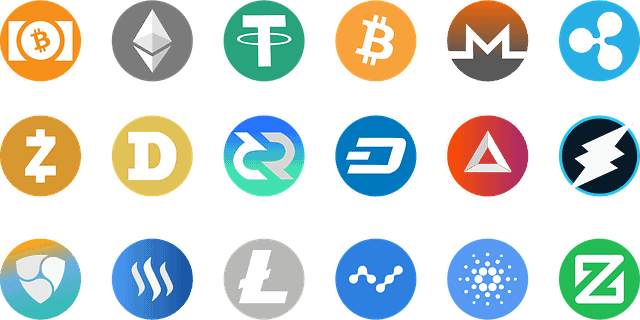Cryptocurrency, a decentralized and digital form of money, has gained widespread popularity in recent years.
While many people are familiar with cryptocurrency as an investment, it’s also becoming increasingly common as a means of payment.
We will explain how to pay with cryptocurrency, from obtaining it to making transactions, and explore the advantages and challenges of using digital currencies for everyday purchases.
Acquiring Cryptocurrency
Before you can make payments with cryptocurrency, you need to acquire some. Here are some common methods to obtain cryptocurrency:
- Cryptocurrency Exchanges: These are online platforms where you can buy various cryptocurrencies with traditional fiat currencies (e.g., USD, EUR). Examples include Coinbase, Binance, and Kraken.
- Mining: Mining is the process of validating and adding transactions to a blockchain. Miners are rewarded with cryptocurrency. However, this method is not accessible to everyone and can be resource-intensive.
- Cryptocurrency ATMs: Some locations have cryptocurrency ATMs where you can exchange cash for cryptocurrencies like Bitcoin.
- Peer-to-Peer (P2P) Transactions: You can buy cryptocurrency directly from individuals using P2P platforms like LocalBitcoins or through decentralized exchanges (DEXs) such as Uniswap.
Securing Your Cryptocurrency
Once you have acquired cryptocurrency, it’s crucial to store it securely. The two primary methods for doing so are:
- Cryptocurrency Wallets: These digital wallets come in various forms, including software wallets, hardware wallets, and paper wallets. Each offers different levels of security and accessibility. Hardware wallets like Ledger Nano S or Trezor are considered highly secure for long-term storage.
- Private Keys: Your private key is a cryptographic code that allows you to access your cryptocurrency. Keep this key safe and never share it with anyone. Losing your private key can result in the loss of your funds.
Making a Payment with Cryptocurrency
Now that you have acquired and secured your cryptocurrency, here’s how to make a payment with it:
- Merchant Acceptance: Check if the merchant or service you wish to use accepts cryptocurrency as a payment method. Many online retailers and even some physical stores are now cryptocurrency-friendly.
- Payment Information: Typically, the merchant will provide you with a payment address or a QR code. This information is crucial for sending your cryptocurrency to the recipient.
- Wallet Access: Access your cryptocurrency wallet and initiate a transfer. You will need to enter the recipient’s address or scan the QR code provided by the merchant.
- Transaction Confirmation: Review the transaction details, including the recipient’s address and the amount. Confirm the transaction, and your cryptocurrency will be sent to the recipient.
- Transaction Fee: Be aware of transaction fees, which can vary based on network congestion and the cryptocurrency used. Ensure that you have sufficient funds to cover these fees.
Advantages of Paying with Cryptocurrency
Paying with cryptocurrency offers several advantages:
- Security: Cryptocurrency transactions are highly secure due to cryptographic encryption and decentralized ledger technology, making them resistant to fraud.
- Speed: Cryptocurrency transactions can be faster than traditional banking methods, especially for international payments.
- Accessibility: Cryptocurrencies can be used by anyone with an internet connection, regardless of location or banking access.
- Reduced Fees: Transactions can be cost-effective, particularly when transferring significant amounts internationally.
- Privacy: Cryptocurrencies offer a level of privacy not typically provided by traditional payment methods.
Challenges of Paying with Cryptocurrency
While cryptocurrency payments have numerous benefits, they also present some challenges:
- Volatility: Cryptocurrencies are known for their price volatility. The value of your holdings can change dramatically in a short time.
- Acceptance: Not all merchants accept cryptocurrencies, limiting your options for spending.
- Regulatory Environment: Cryptocurrency regulations vary by country and can be complex. Staying compliant is essential.
- Security Risks: If you’re not careful, you can become a victim of phishing scams, hacking, or theft.
- Lack of Consumer Protections: Unlike traditional banks, cryptocurrency transactions are irreversible, so mistakes can be costly.
Conclusion
Paying with cryptocurrency is an exciting and rapidly growing aspect of the digital economy.
By following the steps outlined in this guide and understanding the advantages and challenges of using cryptocurrency for payments, you can navigate the world of digital currencies with confidence.
As more merchants and individuals embrace cryptocurrencies, they will become an increasingly common and convenient way to make transactions in the modern world.
Whether you’re buying goods and services or investing for the long term, cryptocurrency offers a versatile and dynamic financial solution.
